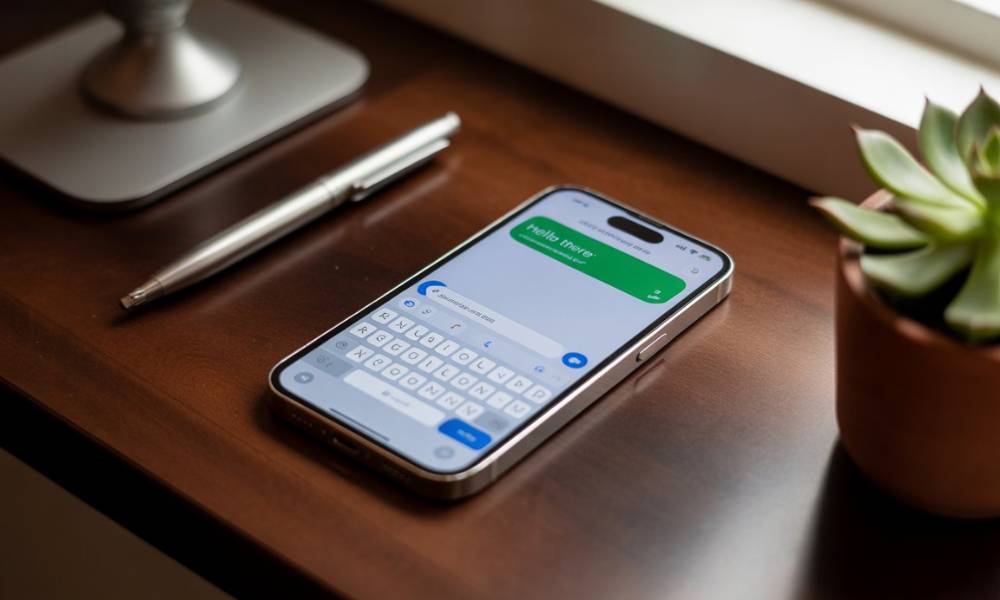How to Read Other People's Messages on My Phone — What You Need to Know

The question "how to read other people's messages on my phone" often arises from parents needing to monitor children's communications, employers managing company devices, or individuals handling multiple accounts across family sharing plans.
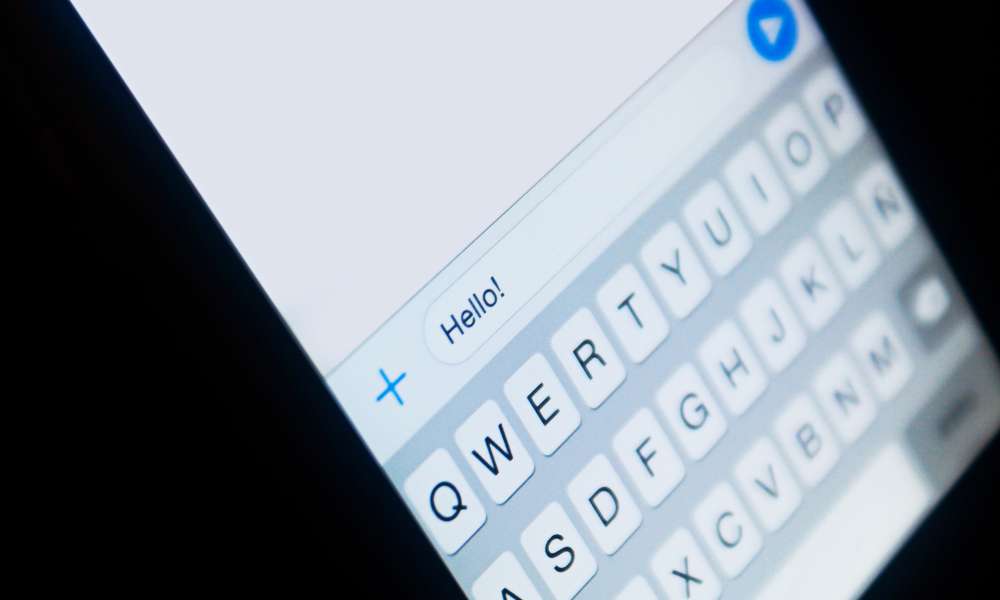
With appropriate authorization and the right technical approach, accessing messages from others on your own device can serve legitimate purposes, including parental oversight, family coordination, and management of multiple communication channels from a single device.
Common Challenges When Trying to Read Other People's Messages on Your Phone
Understanding typical obstacles helps set realistic expectations when exploring how to read other people's messages on my phone effectively.
Technical challenges include application security measures that compartmentalize messages, account-specific login requirements that prevent consolidated viewing, and encryption protocols that protect message content from unauthorized access.
Access barriers often involve multi-factor authentication, app-specific privacy settings, and platform restrictions designed to keep messages separated between different users and accounts.
Legal and practical considerations include obtaining proper authorization for access, respecting privacy boundaries while monitoring, and managing the technical complexities of accessing multiple message sources from a single device.
SafeMyKid - The Most Comprehensive App to Read Other People's Messages on Your Phone
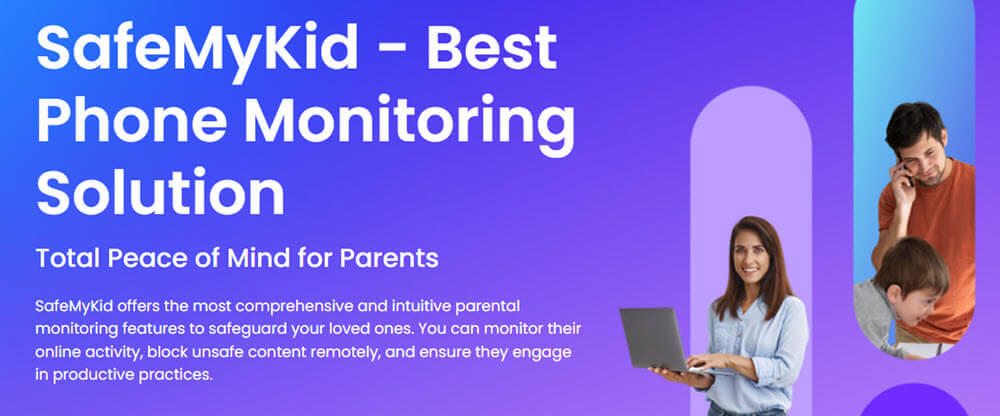
When evaluating solutions for how to read other people's messages on my phone, SafeMyKid stands out as the premier monitoring platform for parents and individuals with legitimate oversight needs.
SafeMyKid delivers unparalleled message reading capabilities through advanced technology that consolidates multiple message sources into a single, easy-to-use dashboard on your device.
Its sophisticated features extend beyond basic text message access to include conversations from WhatsApp, Facebook Messenger, Instagram, Snapchat, and other platforms where modern communication occurs, ensuring comprehensive coverage of all important messages.
Key Features of SafeMyKid to Read Other People's Messages on Your Phone
When determining what makes SafeMyKid optimal for those asking how to read other people's messages on my phone, several distinctive capabilities set it apart:
Consolidated Message Dashboard - Access all messages from multiple sources in one convenient interface on your phone, eliminating the need to switch between different apps and accounts.
Multi-Platform Coverage - Read messages from SMS, iMessage, WhatsApp, Facebook Messenger, Instagram, and other communication platforms through a single application.
Real-Time Message Alerts - Receive instant notifications when important or concerning messages arrive on monitored accounts, enabling immediate awareness of critical communications.
Message History Access - View complete conversation histories, including previously exchanged messages, providing full context for ongoing communications.
Media Content Viewing - Access photos, videos, voice messages, and other shared media for a complete understanding of all communications.
Discreet Operation - Monitor messages appropriately while maintaining privacy and discretion for legitimate oversight scenarios.
How to Set up SafeMyKid to Read Other People's Messages on Your Phone
Configuring SafeMyKid to access messages from other people involves a straightforward process:
Step 1. Create Your SafeMyKid Account
Register on the SafeMyKid platform to establish your secure monitoring dashboard.
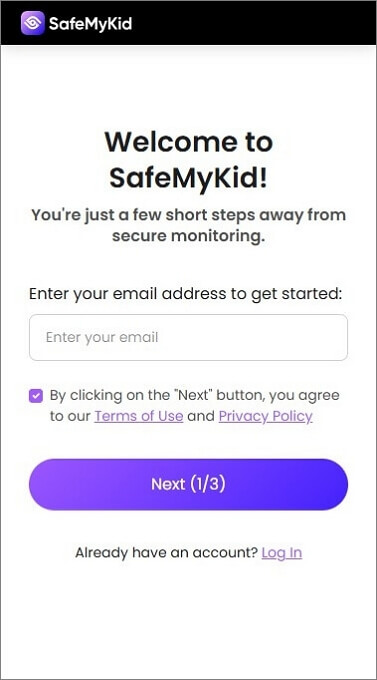
Step 2. Set up SafeMyKid
For iPhones: Simply log in using the target user's iCloud credentials. No installation is needed—SafeMyKid syncs data remotely and discreetly.
For Android: Download the SafeMyKid app on the target phone. Activate stealth mode to keep the app fully hidden and invisible during use.
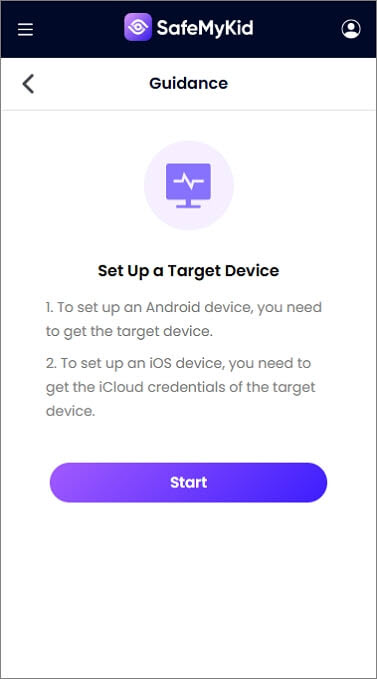
Step 3. Start Reading Messages from Other People on Your Phone
Access your dashboard to view all messages from connected accounts, monitor conversations in real-time, and receive alerts for important communications.
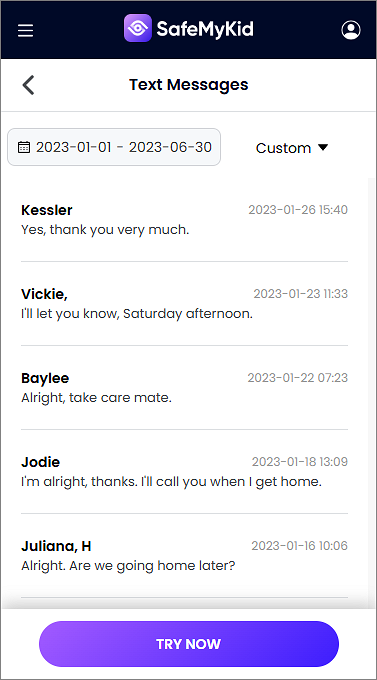
Once configured, SafeMyKid provides continuous access to messages from multiple sources, answering how to read other people's messages on my phone with comprehensive monitoring capabilities.
6 Common Methods to Read Other People's Messages on Your Phone
When investigating how to read other people's messages on my phone, several approaches beyond dedicated monitoring apps provide varying levels of access. Understanding these methods helps select the most appropriate option for your specific needs.
1. Family Sharing and Linked Accounts

Many mobile platforms offer family sharing features that allow message consolidation between family members, providing a legitimate way to read other people's messages on your phone.
This approach leverages built-in features from Apple, Google, and other platforms that create connected device ecosystems where message access becomes part of the family's digital environment.
Implementation steps for family sharing include:
- Set up Family Sharing in device settings (iOS) or Family Link (Android)
- Add family members to your sharing group with appropriate permissions
- Configure message sharing options in family account settings
- Set up message forwarding between family devices
- Access shared message accounts on your primary device
- Configure notification settings for incoming messages
- Manage privacy settings for appropriate access levels
This method works particularly well for parents overseeing children's accounts or families who wish to maintain transparent communication across multiple devices.
Limitations include:
- Requires consent and cooperation from family members
- Varying levels of message access between different platforms
- Some messaging apps may not support family sharing features
- Limited to accounts specifically added to family groups
2. Multi-Device Message Synchronization
Many messaging platforms support multi-device functionality that allows the same account to be active on multiple devices simultaneously, addressing how to read other people's messages on my phone when you have appropriate account access.
This approach enables messages to appear across multiple phones, tablets, or computers that are linked to the same account, creating seamless access from your primary device.
The synchronization process typically involves:
- Accessing account settings on the original device or platform
- Enabling multi-device or sync features in account settings
- Scanning QR codes or entering verification codes on your phone
- Configuring notification and privacy settings for synced accounts
- Setting up automatic synchronization between devices
- Managing connected device lists for security
- Establishing appropriate security measures for shared access
This method provides straightforward access for accounts you legitimately manage or share, such as work and personal accounts or parent-child account supervision.
Limitations include:
- Requires access to account credentials or the original device
- Many platforms show "active session" indicators
- Users can view and manage connected devices
- Some services limit the number of connected devices
- Session timeouts may require periodic reconnection
3. Message Forwarding and Redirection
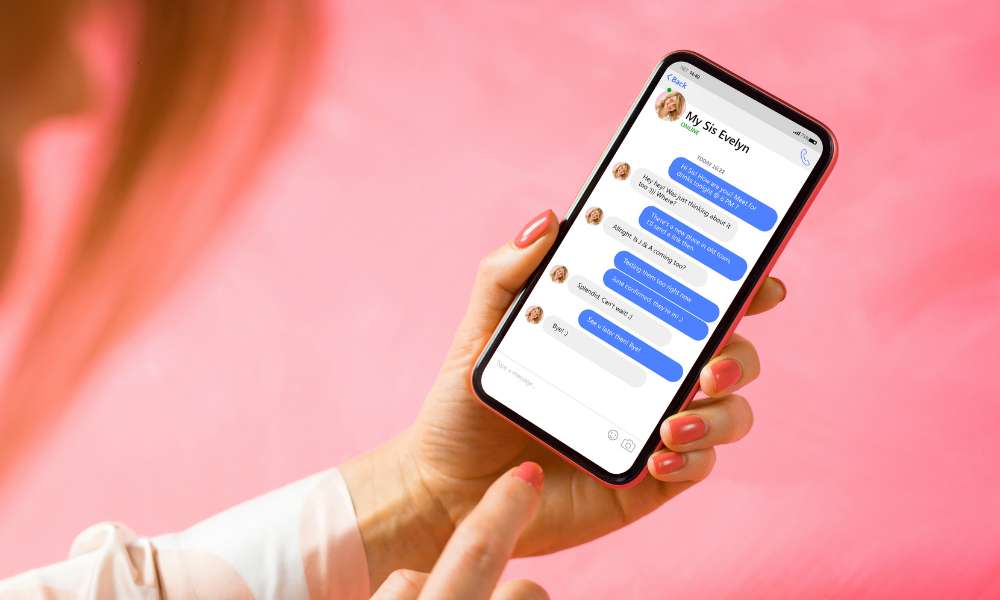
Setting up automatic message forwarding provides another solution for how to read other people's messages on my phone by redirecting incoming messages from other accounts to your primary device.
This method configures the original account or device to automatically send copies of received messages to your phone, creating a consolidated view of communications from multiple sources.
Setting up message forwarding typically requires:
- Accessing message settings on the original account or device
- Configuring forwarding rules to your primary phone number or email
- Setting up email-to-text services for forwarded content
- Establishing filtering rules for relevant message types
- Testing forwarding setup to ensure proper delivery
- Configuring notification settings on your receiving device
- Managing storage for forwarded message content
Once configured, forwarding provides ongoing access to new messages without requiring constant switching between different accounts or devices.
Limitations include:
- Initial access to the original account or device required
- Only forwards messages received after setup (no history)
- Forwarding settings may be visible to the account owner
- Some platforms restrict forwarding capabilities
4. Cloud Account Access
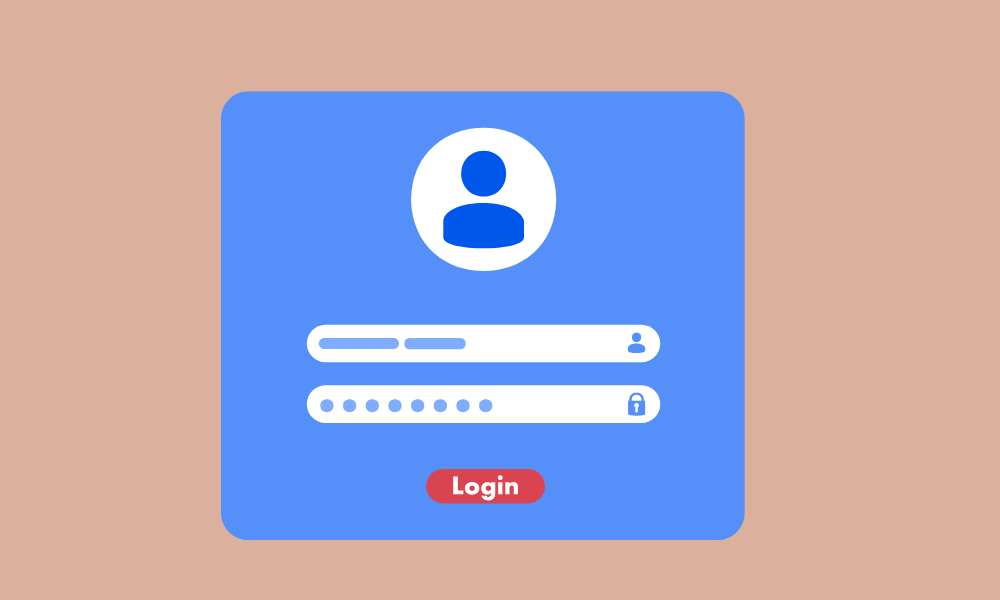
Most modern devices synchronize messages to cloud accounts, creating another avenue for how to read other people's messages on my phone by accessing these cloud services directly.
This approach involves signing into cloud accounts associated with the target messages, allowing you to view synchronized communications through web interfaces or dedicated apps on your phone.
Cloud access methods include:
- Signing into iCloud accounts on your device for Apple Messages
- Accessing Google accounts for Android message data
- Using web interfaces for platform-specific message services
- Setting up email apps to access multiple message accounts
- Configuring cloud storage apps to view message backups
- Using specialized apps that consolidate cloud services
- Setting up automatic synchronization of cloud content
This method works well when you have legitimate access to the cloud accounts in question, such as parent-child relationships or managed business accounts.
Limitations include:
- Requires cloud service credentials for each account
- Two-factor authentication may complicate access
- Message sync frequency affects data timeliness
- Some platforms encrypt cloud backups, limiting access
- Not all message types are synchronized to cloud services
5. Shared Device Profiles and User Accounts
Many modern phones support multiple user profiles or account switching, offering another answer to how to read other people's messages on my phone through proper device configuration.
This approach leverages built-in features that allow multiple users to maintain separate accounts on the same physical device, enabling you to switch between profiles to access different message accounts.
Implementation steps include:
- Setting up multiple user profiles in device settings
- Configuring guest accounts or restricted profiles
- Adding secondary accounts to messaging applications
- Setting up app cloning for duplicate messaging apps
- Configuring quick switching between accounts
- Managing notification settings for each profile
- Establishing appropriate security between profiles
This method provides legitimate access for shared family devices or phones that serve both personal and professional purposes through proper account separation.
Limitations include:
- Profile switching is required to access different accounts
- Some platforms limit functionality for secondary profiles
- Security features may restrict cross-profile visibility
- Not all applications support multiple accounts
6. Message Backup and Extraction Tools
Specialized applications can extract and consolidate messages from backups, providing a technical solution for how to read other people's messages on my phone when you have appropriate backup access.
This method involves using dedicated tools to extract message content from device backups, cloud storage, or export files, allowing you to view these messages directly on your phone.
The extraction process typically includes:
- Creating or accessing backups from the original devices
- Using specialized apps to extract message content
- Importing extracted messages to reader applications
- Organizing messages by conversation or contact
- Setting up regular backup processing for updates
- Managing storage for extracted message archives
- Configuring security for sensitive extracted content
This approach works well for accessing historical message content or when establishing an archive of important communications for legitimate purposes.
Limitations include:
- Technical expertise is often required for effective use
- Extraction tools may require purchase
- Limited to messages captured in available backups
- No real-time message updates
- Success depends on backup quality and completeness
Understanding Privacy and Security When Reading Other People's Messages on Your Phone
When exploring how to read other people's messages on my phone, it's essential to understand the privacy and security implications that come with accessing communications across different accounts and platforms.
Most messaging applications implement various security measures specifically designed to keep conversations private and protected from unauthorized access. These include:
- End-to-end encryption that secures message content
- Account-specific authentication requirements
- Session management systems that track device access
- Notification systems that alert users to new logins
- Activity logs that record account access points
- Security features that detect unusual account activity
For those with legitimate reasons to access messages from others, these security measures create a complex landscape that requires appropriate navigation. Understanding how different platforms implement security helps determine which access methods will work effectively while maintaining appropriate authorization.
When implementing any solution for reading others' messages, consider both technical security aspects and privacy expectations. Technical approaches that circumvent security without proper authorization not only risk legal complications but may also compromise the overall security of the accounts and devices involved.
Responsible message access acknowledges these security frameworks while working within appropriate authorization channels, ensuring that legitimate monitoring doesn't inadvertently create new security vulnerabilities or privacy concerns.
Multiple Device Management for Comprehensive Message Access
Managing messages across multiple devices and accounts represents one of the most practical applications when seeking how to read other people's messages on my phone.
Many individuals find themselves responsible for multiple communication channels - including:
- Parents managing children's devices and accounts
- Family members coordinating care for elderly relatives
- Professionals handling both personal and work communications
- Team leaders overseeing project-related message channels
- Family account managers handling shared services and subscriptions
This multi-device reality creates legitimate needs for consolidated message access, where viewing communications from various sources on a single device significantly improves efficiency and oversight effectiveness.
Effective multiple device management typically involves:
- Establishing clear account hierarchies and access permissions
- Creating streamlined notification systems across accounts
- Implementing consistent security protocols for all managed accounts
- Developing organized systems for message categorization
- Setting up appropriate backup and archiving procedures
- Maintaining clear boundaries between different message sources
For those managing multiple devices and accounts, solutions like SafeMyKid provide unified dashboards that bring these disparate communication channels together, offering comprehensive visibility without constant switching.
Frequently Asked Questions about Reading Other People's Messages on Your Phone
Understanding these common questions helps implement message access solutions effectively and legally:
1. Is it legal to read other people's messages on my phone?
Legal status depends on your relationship to the messages and local laws. Parents can generally monitor children's communications. For adults, consent or device ownership is typically required. Reading messages on company-provided phones usually requires disclosure. Always verify local regulations.
2. How can I read someone else's text messages on my Android phone?
On Android, use Google's Family Link for parental monitoring, account synchronization for shared accounts, message forwarding for specific contacts, or specialized apps like SafeMyKid for comprehensive access. Each method has different setup requirements and capabilities.
3. Can I read someone's WhatsApp messages on my iPhone?
Yes, through methods like WhatsApp Web by scanning their QR code, iCloud backup access if you have their credentials, family sharing configurations, or specialized monitoring solutions like SafeMyKid that consolidate multiple message sources into one dashboard.
4. Will the person know if I read their messages on my phone?
Detection risk varies by method. Cloud access typically leaves no trace. Account synchronization might show login notifications. Multi-device platforms often display connected device lists. Professional solutions like SafeMyKid offer discreet operation for legitimate monitoring situations.
5. How can I read deleted messages from another person on my phone?
Deleted messages can sometimes be recovered through cloud backups if made before deletion, specialized recovery applications that extract database fragments, or monitoring solutions like SafeMyKid that capture messages upon arrival before they can be deleted.
6. Can I read text messages from another phone using just the phone number?
Generally no. Having only the phone number provides no direct access to message content. You would need carrier account access (as the account owner), device credentials, or appropriate monitoring configuration. Claims of message access with just a phone number are typically misleading.
Conclusion
The question "how to read other people's messages on my phone" has multiple legitimate answers, ranging from built-in platform features to specialized applications like SafeMyKid.
Each approach offers different capabilities, requirements, and privacy considerations that should be carefully evaluated.

